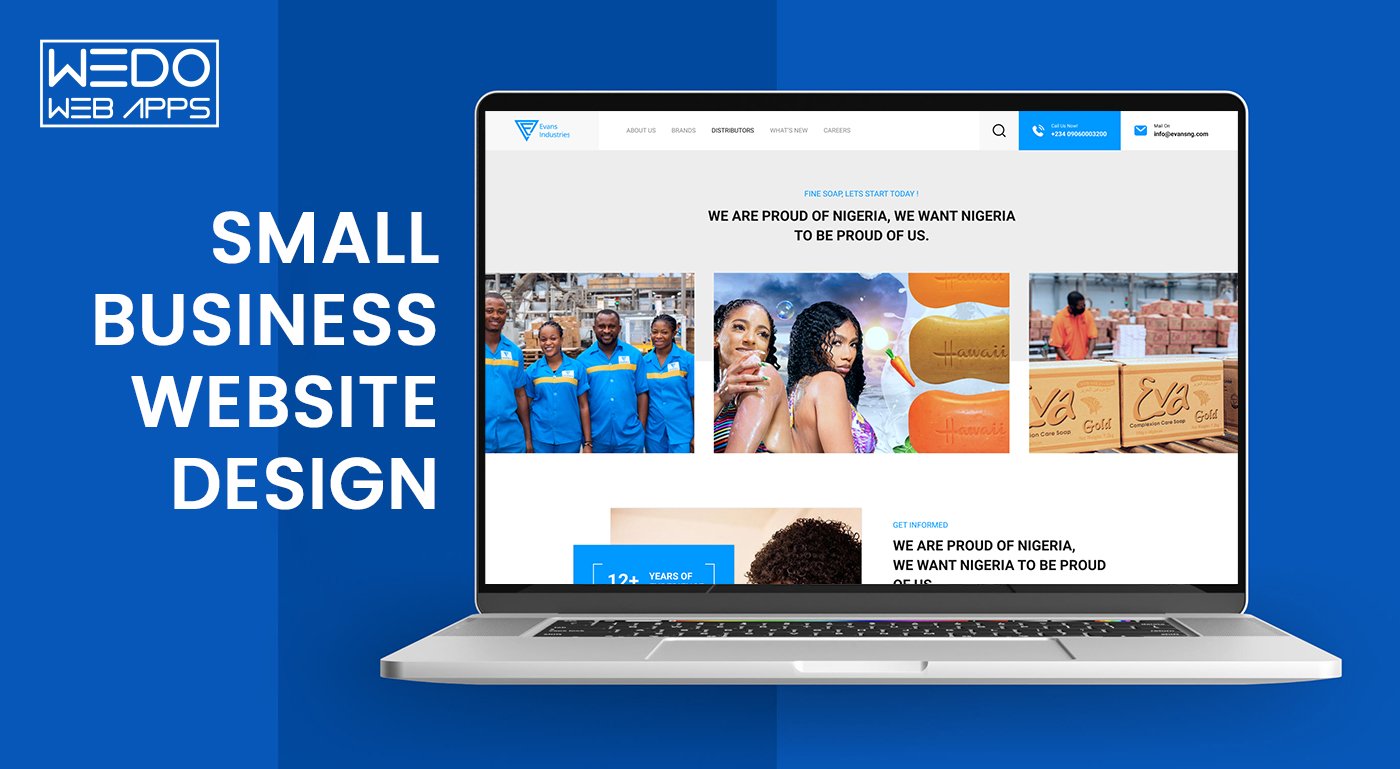Comprehending the Function of Responsive Design in Modern Site Advancement
In today's digital landscape, receptive layout is no longer a deluxe yet a requirement in website development. The value of responsive style extends past individual experience-- it is likewise a critical aspect in search engine optimization and accessibility.
Value of Responsive Layout
In today's digital landscape, the significance of receptive style in web site development can not be overemphasized. Responsive style enables websites to immediately adjust their format and functionality based on the display dimension and alignment of the tool being used.
Moreover, responsive design is critical for search engine optimization (SEO) Internet search engine like Google prioritize mobile-friendly internet sites in their search results page, suggesting that a responsive layout can considerably impact a website's exposure and position. This optimization not only enhances the individual experience but likewise drives organic web traffic and increases the capacity for conversion and earnings generation.
In addition, responsive style provides companies an affordable option by getting rid of the need for multiple versions of an internet site. By enhancing web growth procedures and decreasing maintenance initiatives, firms can allot resources a lot more successfully, inevitably causing enhanced roi. Hence, receptive layout is indispensable in today's affordable electronic atmosphere.
Crucial Element of Responsive Design
To effectively execute responsive style, it is important to concentrate on several key aspects that guarantee ideal performance and individual experience across varied devices. Among the fundamental components is the versatile grid format, which allows designers to develop liquid grids that instantly readjust to different display sizes. This guarantees that content preserves symmetry and readability, despite the gadget being made use of.

In addition, touch-friendly navigating is vital for responsive design. Executing quickly tappable buttons and intuitive gesture controls enhances functionality on touchscreen gadgets. Focusing on efficiency optimization is additionally crucial, as it boosts filling times and decreases bounce rates, especially on mobile connect with variable speed.
Lastly, employing a mobile-first approach makes sure that the design is at first maximized for smaller displays before expanding to fit desktops. This method assures that essential performance and appearances are protected across all platforms, ultimately enhancing the overall individual experience.
Influence On User Engagement
Receptive layout significantly affects user involvement by improving ease of access and complete satisfaction throughout numerous devices. By making sure that an internet site's format adapts effortlessly to various screen dimensions, responsive design allows customers to gain access to web content easily, whether they are making use of a desktop, mobile phone, or tablet computer . This flexibility minimizes the demand for unnecessary zooming or scrolling, giving a more user-friendly and positive surfing experience. Therefore, customers are more probable to remain on the website much longer, explore extra web pages, and engage with the web content, every one of which are vital indicators of enhanced engagement.
Furthermore, receptive design contributes to quicker page loading times, which is critical for retaining blog here individual passion. Users are a lot more likely to abandon a website if it takes too lengthy to load, especially on smart phones. By maximizing performance for diverse platforms, receptive layout decreases filling hold-ups, maintaining users involved and minimizing bounce rates.
SEO Perks of Responsive Design
While boosting customer experience is a main goal, responsive layout additionally plays a crucial function in boosting an internet site's seo (SEO) Online search engine, notably Google, prioritize mobile-friendly sites, therefore rewarding those that supply seamless experiences across gadgets. Responsive style makes certain that a web site adapts to various display sizes, removing the requirement for separate mobile and desktop computer versions. This versatility not only boosts user experience however also decreases the danger of replicate material, which can adversely influence search engine optimization rankings.
Furthermore, responsive design help in faster web page packing times, a vital consider SEO. Browse engines prefer websites that pack promptly, acknowledging that users are extra likely to abandon websites that take also lengthy to show. By employing responsive style, developers can optimize pictures and streamline web content, ensuring reliable loading and boosted online search engine positions.
In addition, a natural URL structure throughout gadgets simplifies the indexing procedure for online search engine, enhancing crawl efficiency. This uniformity in official source URLs enhances a site's authority and trustworthiness, causing enhanced exposure in search results. In recap, responsive design is not just a trend but an essential part of SEO approach, making sure websites are both straightforward and online search engine suitable.
Applying Responsive Layout Strategies
In the world of modern internet development, executing responsive style approaches is similar to crafting a flexible canvas that adjusts seamlessly to different display measurements. Another essential strategy entails employing media queries, which make it possible for developers to apply different designs based on the characteristics of the device, such as elevation, resolution, and width.
Responsive images and media are likewise important components. By utilizing strategies like CSS media inquiries and the HTML 'photo' aspect, developers can offer appropriately find out sized pictures based on the individual's device, optimizing tons times and boosting individual experience. In addition, the unification of fluid typography makes sure that message is legible and aesthetically pleasing on any screen, accomplished with scalable systems like 'rapid eye movement' and 'em'.

Final Thought
Receptive design comprises a vital aspect of contemporary website growth, considerably enhancing user experience throughout a range of gadgets. Ultimately, carrying out receptive layout approaches makes sure boosted ease of access and usability, providing internet sites a lot more user-centric and effective.
To effectively execute responsive design, it is important to concentrate on a number of key components that ensure ideal functionality and customer experience across diverse gadgets.Responsive style substantially influences customer involvement by boosting accessibility and satisfaction throughout numerous tools. By making certain that a website's layout adapts flawlessly to different display dimensions, receptive layout enables users to access web content easily, whether they are using a smartphone, tablet, or desktop computer .While improving customer experience is a primary goal, receptive style likewise plays a vital function in enhancing an internet site's search engine optimization (SEO)Receptive design makes up a necessary aspect of modern web site development, dramatically improving individual experience across a variety of gadgets.
 Molly Ringwald Then & Now!
Molly Ringwald Then & Now! Loni Anderson Then & Now!
Loni Anderson Then & Now! Marcus Jordan Then & Now!
Marcus Jordan Then & Now! Daryl Hannah Then & Now!
Daryl Hannah Then & Now! Erika Eleniak Then & Now!
Erika Eleniak Then & Now!